The Ultimate Checklist for Reviewing and Understanding Your Home Policy
As a homeowner, it’s important to see your property as both a place to live and a major financial investment. Protecting this investment with homeowners insurance is crucial. However, understanding insurance home insurance rule of thumb details, coverage options, and exclusions can be challenging. This guide aims to provide a checklist for reviewing your home insurance policy. It focuses on coverage details to ensure you’re well-protected against unexpected events.
Understanding Coverage Types
Identifying the different home insurance coverage types within your home insurance policy is essential. The standard policy typically includes coverage for actual cash value, additional living expenses, and endorsements such as coverage for natural disasters
- Dwelling: Protects the physical structure of your home.
- Other Structures: Covers buildings on your property outside of the main home, like garages and sheds.
- Personal Property: Includes your belongings inside the home.
- Loss of Use: Covers additional living expenses if your home is uninhabitable due to covered damage.
- Liability: Protects against legal responsibility if someone is injured on your property.
Policies differentiate between replacement cost for home insurance and actual cash value for claims reimbursement. Replacement cost value offers compensation to replace your property with new items. In contrast, actual cash value accounts for depreciation, providing less for older items. Understanding this difference is key to evaluating your coverage’s adequacy.
High-value items like jewelry may have limited coverage under standard policies, typically up to $1,500. For more comprehensive protection, consider additional coverage or endorsements
By understanding these components and coverage types, you can navigate your policy more effectively and ensure you have the necessary protections in place.
Assessing Home Insurance Coverage and Deductibles
Updating your home insurance policy is crucial. It ensures your coverage aligns with the current cost to rebuild your home. This alignment offers full protection without overpaying. Here’s how to proceed:
- Determine Replacement Cost: Research the recent per-square-foot replacement costs in your area.
- Consider High-Cost Areas: These cost variations can significantly affect your coverage needs as labor and materials can be more expensive.
- Choose the Right Deductible: Select a deductible you can afford in case of a claim. Higher deductibles lead to lower insurance premiums, making policies more affordable. It’s a balance between paying less now and potential future claim costs.
- Extended and Guaranteed Replacement Costs: Consider these options to increase coverage. Extended replacement cost provides coverage beyond your dwelling limit (an additional 10-50%). Guaranteed replacement cost covers a full rebuild with no cap. Both increase protection but also the premium cost (Forbes).
Evaluating Policy Exclusions
Home insurance policies often exclude specific damages:
- Natural Disasters: Floods and earthquakes are common exclusions. To fully protect your home, obtain supplemental coverage for these events (Insurance Information Institute).
- Other Exclusions: Damages from termites, mold, or wear and tear are typically not covered. These scenarios might require separate endorsements or a maintenance plan.
Through careful assessment of your coverage needs, appropriate setting of your deductible, and understanding of policy exclusions, you can tailor your home insurance. This tailored approach ensures broad and cost-effective protection.
Home Insurance Policy Checklist
Using a checklist for reviewing your home insurance policy is essential. It ensures a comprehensive examination of personal and home information, safety features, building specifics, and additional coverage options.
Personal and Home Information
Begin by collecting necessary personal and home details, including:
- Construction year of your home
- Square footage
- Age and material of your roof
This information is crucial for accurate insurance quotes and confirming adequate coverage.
Assessing Safety Features and Building Details
Safety features not only protect your property but also may reduce insurance rates. Your checklist should include:
- Deadbolt locks
- Fire extinguishers
- Sprinkler systems
Consider the architectural details of your home as well, such as:
- Total area of finished space
- Number of floors
- Presence of solid fuel appliances
- Separate structures
These factors play a role in determining insurance rates and the coverage needed.
Exploring Additional Coverage Options
Evaluate if you need higher coverage limits or additional protection for valuables such as jewelry or home computers. Assess coverage against fire and your home’s distance from emergency services. High-value items may require higher coverage limits for adequate protection.
Following this checklist ensures a detailed policy review, tailoring it to your current needs for comprehensive protection.
For insights on influencing factors on home insurance costs and reducing premiums, consider:
- The main factors affecting premiums are your home’s location, replacement cost, and deductible
- Building materials, building age and type, proximity to fire services, and deductible choices are key to insurance cost
- Coverage beyond standard policy limits is vital for adequately protecting high-value items for home inventory
Adhering to this comprehensive approach ensures optimization of your coverage for effective safeguarding.
Maintaining Your Home Insurance Policy
Regular Review and Update of Your Home Insurance Policy
It’s vital to review and update your home insurance policy regularly. This ensures you have full coverage as your life and assets change. Experts suggest several key steps:
- Annual Review: Review your home insurance coverage at least once a year. This check is crucial following significant life changes, like home renovations or acquiring valuable items.
- Adjust Coverage: Your home’s replacement cost and policy deductible impact your premiums. Update your coverage if there are changes in your home’s value or if you have made safety improvements. Adjusting your policy ensures you are neither overpaying nor underinsured.
- Maintain a Home Inventory: An updated inventory of your possessions aids in the claims process if loss or damage occurs. It also helps ensure your coverage is accurate. Document items with photos or videos, noting purchase dates, costs, models, and serial numbers.
Reach out to Gordon Insurance to review your existing policy or talk about a new policy.

